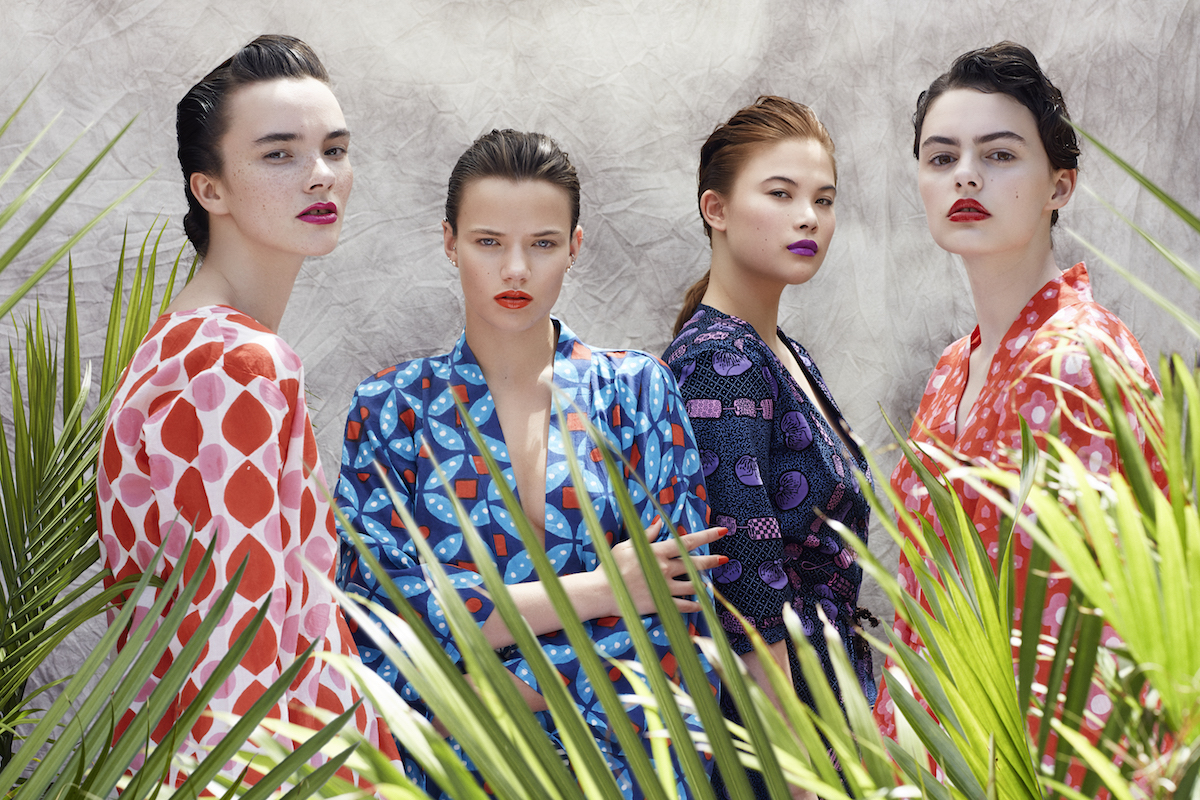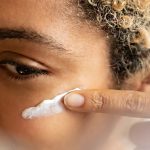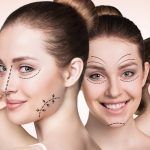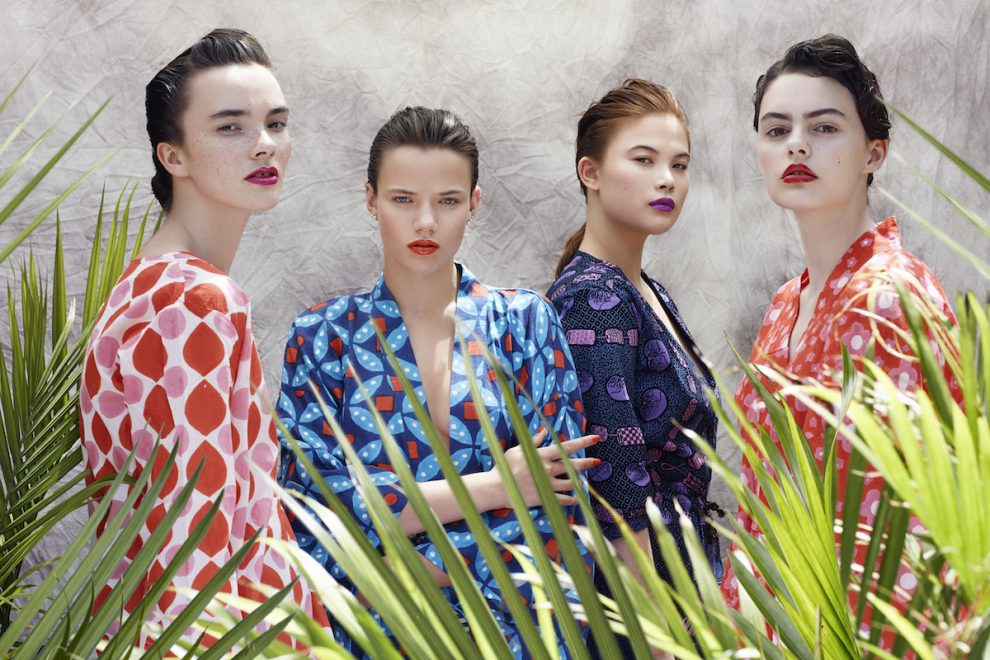
Introduction:
In recent years, sustainability has become a crucial topic across various industries, including the beauty and fashion sectors. With increasing awareness of environmental issues and ethical practices, consumers are demanding sustainable and eco-friendly beauty products. In this article, we will delve into the concept of sustainable beauty, explore the emerging trends, and showcase real-life examples of brands that are leading the way. Get ready to discover the fashion forecast you need to know for a more sustainable beauty future.
1. The Rise of Sustainable Beauty
The beauty industry is undergoing a significant transformation, with sustainability taking center stage. Here are a few key trends driving the rise of sustainable beauty:
a. Clean and Green Ingredients: Consumers are gravitating towards beauty products that utilize clean and green ingredients. This means avoiding harmful chemicals, toxins, and artificial fragrances. Brands like Ilia Beauty and RMS Beauty have gained popularity for their commitment to clean formulations.
b. Zero Waste Packaging: Another crucial aspect of sustainable beauty is minimizing packaging waste. Brands are adopting innovative approaches, such as using recycled materials, refillable containers, and biodegradable packaging. A notable example is LUSH Cosmetics, known for their naked packaging and recycling programs.
2. The Ethical Fashion Movement
Sustainable beauty is closely intertwined with the larger ethical fashion movement. Consumers are now looking for beauty brands that align with their values of social responsibility and fair trade practices. Here are some prominent trends within the ethical fashion movement:
a. Cruelty-Free and Vegan Products: The demand for cruelty-free and vegan beauty products has soared. Brands like Kat Von D Beauty and Too Faced Cosmetics have made it their mission to create products that are not tested on animals and do not contain any animal-derived ingredients.
b. Fair Trade and Community Support: Ethical fashion emphasizes fair trade practices and supports local communities. Similarly, sustainable beauty brands often partner with small-scale farmers and artisans to source their ingredients. One such brand is SheaMoisture, which collaborates with women-owned cooperatives in Africa to produce their shea butter-based products.
3. Technological Innovations in Sustainable Beauty
Technological advancements play a vital role in driving sustainability in the beauty industry. Here are a few examples of how technology is revolutionizing sustainable beauty:
a. Biotechnology and Lab-Grown Ingredients: Lab-grown ingredients, such as biotech-derived collagen and squalane, are gaining traction as sustainable alternatives to traditional animal-derived ingredients. Geltor, a biotech company, has successfully developed a lab-grown collagen that mimics the properties of natural collagen.
b. AI and Sustainability Tracking: Artificial intelligence (AI) is being utilized to track and optimize the sustainability of beauty products. By analyzing supply chains, carbon footprints, and ingredient sourcing, AI-powered platforms like Provenance provide consumers with transparent information about a product’s sustainability credentials.
4. The Power of Influencers and Celebrities
Influencers and celebrities play a significant role in shaping consumer preferences and promoting sustainable beauty. Many prominent figures have embraced the movement and actively advocate for eco-friendly practices. For instance, actress Emma Watson has championed sustainable fashion and beauty through her involvement with the Green Carpet Challenge and her collaboration with sustainable brand Kjaer Weis.
Conclusion:
The future of beauty lies in sustainability. Consumers are increasingly seeking beauty products that are clean, green, and ethically produced. As the beauty industry evolves, sustainability will continue to shape trends and influence purchasing decisions. Brands that embrace sustainable practices and innovative technologies will be at the forefront of this movement. By opting for sustainable beauty, we can make a positive impact on the environment while stillindulging in our beauty rituals.
As fashion icon and entrepreneur, Stella McCartney, once said, “I truly believe that sustainable beauty is the future. We have the power to make choices that are good for the planet without compromising on style or performance.”
So, embrace the fashion forecast of sustainable beauty and join the movement towards a more ethical and eco-friendly future. By supporting brands that prioritize clean ingredients, zero waste packaging, fair trade practices, and technological innovations, we can contribute to a more sustainable and beautiful world.















